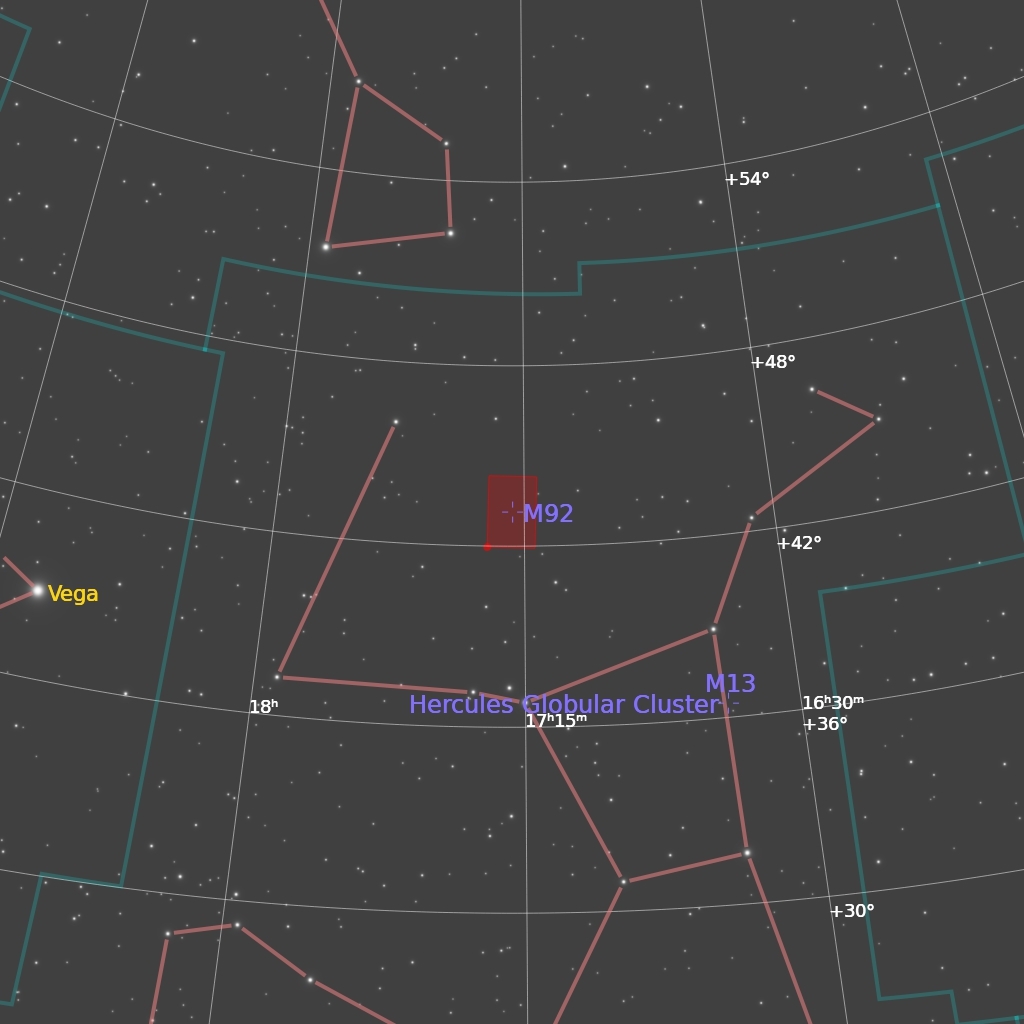NGC 457 (also designated Caldwell 13, and known as the Dragonfly Cluster, E.T. Cluster, Owl Cluster, Kachina Doll Cluster or Phi Cassiopeiae Cluster) is an open star cluster in the constellation Cassiopeia.
Discovery
It was discovered by William Herschel on August 18, 1780, with a 6.2 inch reflector telescope, and catalogued as VII 42.
Visibility
It is an easy target for amateur astronomers, and can be seen even with small telescopes in light-polluted skies.
Characteristics
It lies over 7,900 light years away from the Sun. It has an estimated age of 21 million years. The cluster is sometimes referred by amateur astronomers as the Owl Cluster or the E.T. Cluster (due to its resemblance to the movie character). Two bright stars Phi Cassiopeiae (magnitude 5 and spectral type F0) and HD 7902 (magnitude 7) can be imagined as eyes. It is not yet clear if Phi Cassiopeiae is a member of the cluster, and if it is, then it would be one of the brightest stars known, surpassing Rigel in luminosity. For comparison, the Sun at the same distance as Phi Cassiopeiae would shine at just 17.3 magnitude. The next brightest star is the red supergiant variable star V466 Cassiopeiae. The cluster features a rich field of about 150 stars of magnitude 9-13. About 60 stars have been identified as true members of the cluster.
NGC 436 is an open cluster located in the constellation Cassiopeia. It was discovered on November 3, 1787 by William Herschel. It was described by Dreyer as a "cluster, small, irregular figure, pretty compressed.
Image Session Details
-Location: 50.23°N, 8.46°E
-Target: Messier 52 and Bubble Nebula
-Integration: 40 × 90s = 1h
-Camera: Nikon D3500 (APS-C DSLR) – ISO 400
-Telescope: Askar 103 APO + 0.8× reducer (576 mm)
-Mount: Bresser Exos-2 + OnStep
-Control: ASIAIR Mini
-Guiding: SVBONY SV165 + ASI120MM Mini
-Sky Quality: Bortle 4, SQM ~20.8
-Moon Phase: Waxing Gibbous (~61%)
-Filter: None (stock DSLR)
-Date: 01Octomber 2025
-Object Type: Globular Cluster + Planetary Nebula
-Constellation: Cassiopeia
-Apparent Size: ~13′
-Distance: 2.4 kly (740 pc).
General Properties
Type: Open Cluster
Coordinates: RA 01h 19m 33s, Dec +58° 17′
Apparent Magnitude: 6.4
Angular Size: ~13′
Distance: ~2.4 kly (740 pc)
Constellation: Cassiopeia
Discovery: William Herschel, 1787
Scientific Databases
[ POSITION ]
RA: 19.884800°
Dec: +58.277800°
Parallax: 0.318 mas
Proper motion: pmRA=-1.59 mas/yr, pmDEC=-0.66 mas/yr
Redshift: -0.000039
Radial velocity: -11.7 km/s
[ PHOTOMETRY ]
Catalog: V=6.40, B=6.97
V: 6.40
B: 6.97
B–V: 0.57
Hubble type (from color): Sd
[ DISTANCE ]
≈ 0.39 kpc (1.27 kly) — Gaia DR3 parallax of the bright hot star
≈ 2.2–2.3 kpc (7.1–7.5 kly) — consensus distance from literature
[ ALIASES ]
ET Cluster, NGC 457, Owl Cluster
-NED
Observation Notes
-Photographic Magnitude: 6.3
